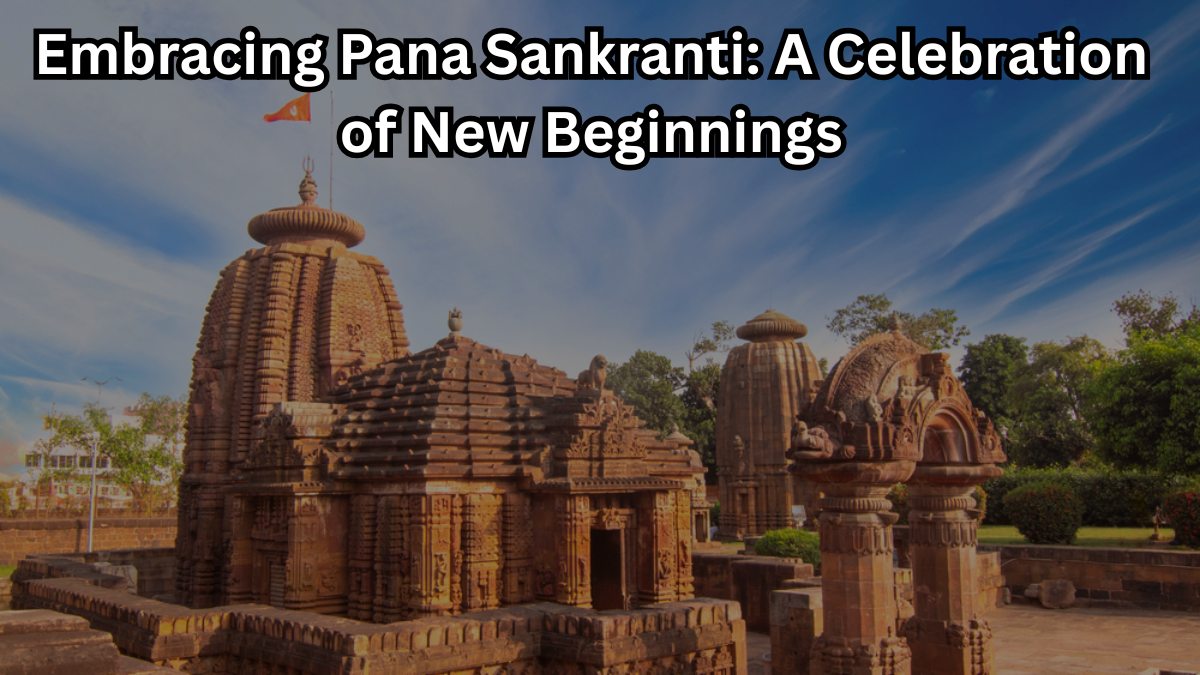Pana Sankranti, also known as Maha Bishuba Sankranti, marks the Odia New Year and is celebrated with great enthusiasm across Odisha. This festival, observed on April 14, signifies the Sun’s transition into the Mesha Rashi (Aries), heralding the onset of the new solar year. It is a time for spiritual renewal, cultural festivities, and communal harmony.

Messages from National and State Leaders
On this auspicious occasion, several leaders extended their heartfelt greetings:
| Leader | Message Highlights |
|---|---|
| President Droupadi Murmu | Extended heartfelt greetings, emphasizing the festival’s message of love, peace, and dedication to the nation. |
| Prime Minister Narendra Modi | Wished for the fulfillment of dreams and widespread happiness, harmony, and prosperity. |
| Union Home Minister Amit Shah | Expressed hopes for joy, well-being, and affluence for all. |
| Odisha Governor Hari Babu Kambhampati | Prayed to Lord Jagannath for a bright future for everyone. |
| Chief Minister Mohan Charan Majhi | Reaffirmed commitment to working with pride and dedication for Odisha’s progress. |
| Leader of Opposition Naveen Patnaik | Extended greetings, invoking the spirit of “Bande Utkal Janani.” |
Traditional Rituals and Cultural Practices
Pana Sankranti is rich with rituals that reflect Odisha’s cultural heritage:
-
Preparation of ‘Pana’: A traditional drink made from bael fruit pulp, jaggery, yogurt, and seasonal fruits. This beverage is offered to deities and shared among community members, symbolizing unity and the onset of summer.
-
Basundhara Theki: An earthen pot with a small hole is placed above the holy basil (Tulsi) plant, allowing water to drip continuously. This ritual emphasizes the importance of water conservation and reverence for nature.
-
Temple Visits: Devotees visit temples dedicated to Lord Hanuman, Lord Shiva, and Goddess Shakti, offering prayers for prosperity and good health.
-
Cultural Performances: Folk dances like Danda Nata and rituals such as fire-walking (Jhaamu Yatra) are performed, showcasing devotion and endurance.
Significance of Pana Sankranti
Pana Sankranti is not just a celebration of the new year but also a time to:
-
Honor the agricultural roots of Odisha, marking the beginning of the harvest season.
-
Promote social harmony and communal bonding through shared rituals and festivities.
-
Reflect on personal growth and set intentions for the year ahead.
Frequently Asked Questions
Q1: What is the origin of Pana Sankranti?
A1: Pana Sankranti has its roots in ancient agrarian traditions of Odisha, marking the solar transition into Aries and the start of the new harvest season.
Q2: Why is the festival called ‘Pana’ Sankranti?
A2: The term ‘Pana’ refers to the special drink prepared during the festival, symbolizing the essence of the celebration.
Q3: How is Pana Sankranti different from other New Year celebrations in India?
A3: While many regions celebrate the New Year based on lunar calendars, Pana Sankranti is based on the solar calendar, aligning with the Sun’s entry into Aries.
Q4: What is the significance of the Basundhara Theki ritual?
A4: The Basundhara Theki ritual involves a pot dripping water over a Tulsi plant, symbolizing the nurturing of life and the importance of nature’s sustenance.
As Odisha steps into a new year, Pana Sankranti serves as a reminder of the state’s rich cultural heritage, the importance of unity, and the continuous journey towards growth and prosperity.
Click here to learn more
Pari is a passionate writer known for captivating stories that blend imagination and reality. Inspired by travel, history, and everyday moments, Pari crafts narratives that resonate deeply with readers.




